Nestled in the heart of Bali’s northern coast, Singaraja unveils a captivating blend of history, culture, and natural beauty. As a former trading port and administrative center, the city exudes a charm that resonates through its architectural heritage and vibrant traditions.
Singaraja’s diverse cultural tapestry is a testament to the influences of various ethnic groups. Traditional ceremonies, dances, and music continue to thrive, showcasing the city’s rich artistic legacy.
Singaraja’s Historical Significance
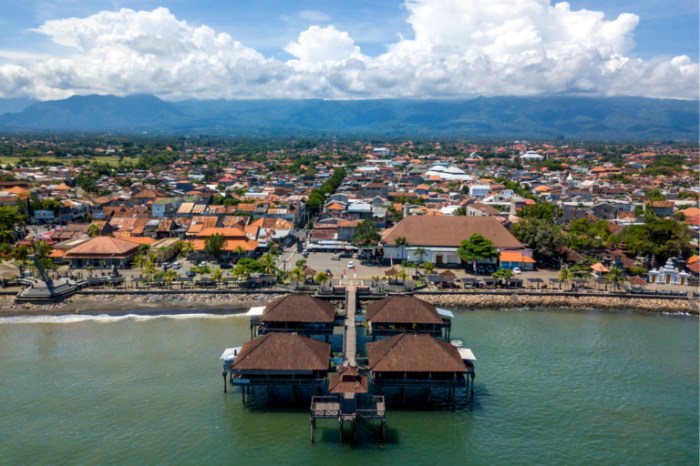
Singaraja, the former capital of Bali, holds immense historical significance. Its rich past is evident in its architectural heritage, cultural landmarks, and its role as a major trading port and administrative center.
Founded in the 16th century by the King of Buleleng, Singaraja flourished as a bustling port city. Its strategic location along the northern coast of Bali made it a gateway for trade with neighboring islands and beyond. The city became a major center for the export of agricultural products, such as rice, coffee, and spices.
Singaraja as an Administrative Center
In the 19th century, Singaraja became the administrative center of the Dutch East Indies. The Dutch established a colonial government in the city, and it remained the seat of power until Indonesia’s independence in 1945. During this period, Singaraja experienced significant development, with the construction of government buildings, schools, and hospitals.
Architectural Heritage
Singaraja’s architectural heritage reflects its diverse history. The city is home to a blend of traditional Balinese architecture and colonial-era buildings. The Pura Agung Jagatnatha, a magnificent Hindu temple, is one of the most prominent landmarks in Singaraja. Other notable architectural landmarks include the Gedung Kirtya, a library housing a vast collection of ancient manuscripts, and the former Dutch Consulate, now a museum.
Singaraja, a bustling city in Bali, offers a unique blend of culture and commerce. For a vibrant shopping experience, consider venturing beyond Singaraja to the renowned Pratunam Market in Bangkok. This shopper’s paradise boasts an array of affordable fashion, accessories, and electronics.
Upon your return to Singaraja, immerse yourself in the city’s rich history and stunning natural beauty, making it a truly unforgettable destination.
Cultural Landmarks
Singaraja is also renowned for its cultural landmarks. The Gedung Kesenian Singaraja, a traditional Balinese theater, hosts regular performances of traditional dance and music. The Buleleng Museum provides insights into the history and culture of the region.
Cultural Heritage and Traditions
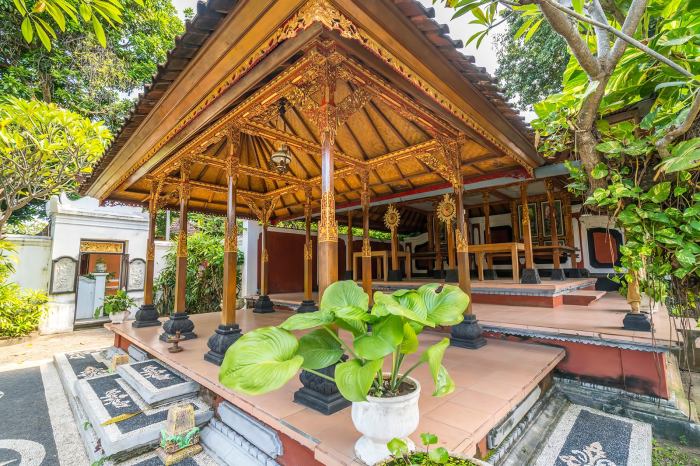
Singaraja boasts a rich cultural heritage, shaped by diverse ethnic influences. Balinese, Chinese, Arab, and Indian communities have left their unique imprints on the city’s traditions, festivals, and art forms.
The influence of the Balinese majority is evident in the city’s vibrant religious ceremonies, such as the Ngaben cremation ritual and the Eka Dasa Rudra purification ceremony. Traditional dances like the Legong and Baris, known for their intricate movements and elaborate costumes, are still widely performed.
Festivals
Singaraja hosts several annual festivals that showcase its cultural diversity. The Singaraja Festival, held in July, celebrates the city’s history and traditions with performances, exhibitions, and traditional games.
The town of Singaraja, located in the northern part of Bali, is known for its historical significance and cultural heritage. While Singaraja may not be as popular as Ubud when it comes to tourism, it offers a unique glimpse into Bali’s past.
For those planning a trip to Bali, checking the Ubud Bali weather forecast can help ensure a comfortable and enjoyable stay. Ubud’s tropical climate typically features warm temperatures and occasional rainfall, making it an ideal destination year-round. Singaraja, on the other hand, experiences similar weather patterns, with slightly cooler temperatures in the evenings.
The Chinese New Year is also a significant event, marked by lion dances, colorful parades, and festive decorations in the city’s Chinatown.
Arts and Crafts
Singaraja has a thriving arts and crafts scene. The city is renowned for its intricate silver jewelry, often adorned with traditional Balinese motifs. Other notable crafts include woodcarving, batik painting, and weaving.
The Gedong Kirtya Library, established in 1928, houses an extensive collection of ancient Balinese manuscripts, providing a glimpse into the city’s rich literary heritage.
Natural Beauty and Attractions
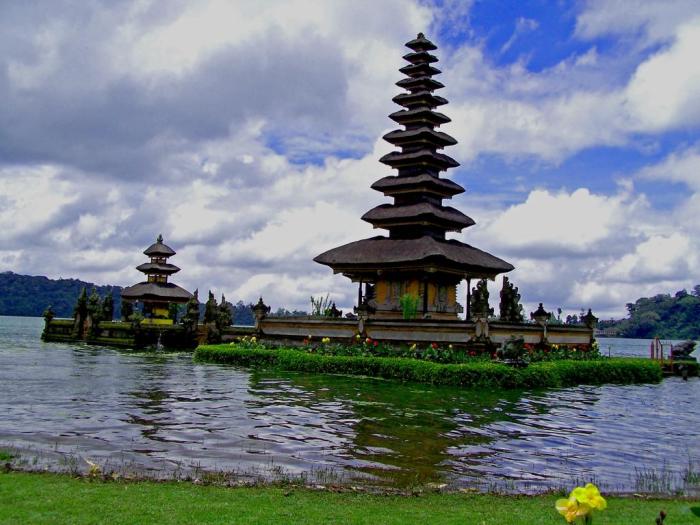
Singaraja is blessed with an abundance of natural beauty, boasting stunning beaches, lush greenery, and diverse wildlife. Its proximity to national parks, waterfalls, and other natural wonders makes it a paradise for nature enthusiasts.
Beaches
Singaraja’s coastline is dotted with pristine beaches, each offering a unique experience. Lovina Beach, known for its black sand and calm waters, is a popular spot for dolphin watching. Menjangan Island, just offshore, boasts crystal-clear waters and vibrant coral reefs, making it a haven for snorkelers and divers.
Lush Greenery
The city is surrounded by lush greenery, with rolling hills and dense forests. The Gitgit Waterfall, a stunning cascade set amidst lush vegetation, is a must-visit for nature lovers. The Wanagiri Hidden Hills, with its panoramic views and manicured gardens, offers a serene escape from the city.
Diverse Wildlife
Singaraja’s diverse wildlife includes monkeys, birds, and reptiles. The Bali Barat National Park, located nearby, is home to a variety of endangered species, including the Javan rusa deer and the Bali myna. The Menjangan Island Marine Park protects a rich marine ecosystem, including colorful fish, sea turtles, and manta rays.
Tourist Destinations and Activities
- Dolphin Watching:Lovina Beach offers boat tours for dolphin watching, providing a unique opportunity to witness these playful creatures in their natural habitat.
- Snorkeling and Diving:Menjangan Island and the surrounding waters are renowned for their pristine coral reefs and abundant marine life, making it a popular destination for snorkeling and diving enthusiasts.
- Nature Walks:The Gitgit Waterfall Trail leads to a stunning waterfall amidst lush greenery, offering a scenic hike suitable for all fitness levels.
- Wildlife Safari:The Bali Barat National Park offers guided tours to observe the diverse wildlife, including the Javan rusa deer, Bali myna, and other endangered species.
- Relaxation and Scenery:The Wanagiri Hidden Hills provide a tranquil setting with panoramic views, perfect for relaxation and taking in the natural beauty of the surrounding area.
Economic Activities and Industries
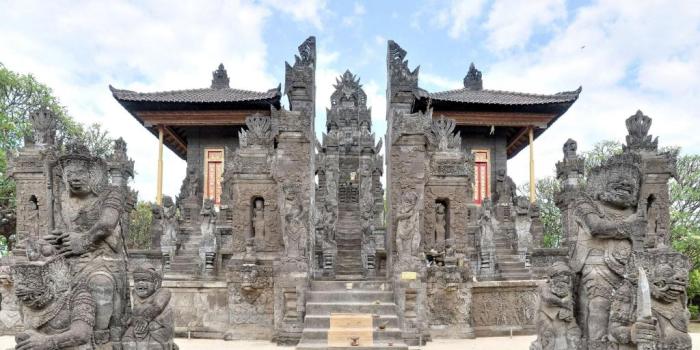
Singaraja’s economy is diverse, with a mix of traditional and modern industries. The city serves as a regional hub for trade, tourism, and agriculture, contributing significantly to the economic development of the region.
Major industries in Singaraja include:
- Tourism:Singaraja is a popular tourist destination, attracting visitors with its historical sites, cultural attractions, and natural beauty. The city’s tourism industry provides employment opportunities in hotels, restaurants, tour companies, and other related businesses.
- Agriculture:The surrounding area of Singaraja is rich in agricultural resources, and the city serves as a hub for the trade and distribution of agricultural products. Major agricultural products include rice, coffee, cocoa, and spices.
- Trade:Singaraja is a major trading center for the region, with a bustling market and a port that facilitates the import and export of goods. The city’s strategic location makes it a gateway for trade between Bali and other parts of Indonesia, as well as international markets.
- Manufacturing:Singaraja has a small but growing manufacturing sector, with industries such as food processing, textiles, and handicrafts. The city’s skilled workforce and access to raw materials contribute to the growth of this sector.
Singaraja has the potential for further economic growth and development in several areas:
- Tourism:The city can further develop its tourism industry by promoting its unique cultural heritage, natural attractions, and historical sites. Investing in infrastructure and marketing can attract more tourists and boost the local economy.
- Agriculture:Singaraja can leverage its agricultural resources to develop value-added products and promote sustainable farming practices. This can increase the income of farmers and create new employment opportunities in the agricultural sector.
- Trade:The city can strengthen its role as a regional trading hub by improving transportation infrastructure and facilitating the flow of goods between Bali and other regions. This can stimulate economic growth and create opportunities for businesses involved in import and export.
- Investment:Singaraja can attract foreign and domestic investment by creating a favorable investment climate, providing incentives to businesses, and developing industrial zones. This can lead to job creation, technology transfer, and economic diversification.
Infrastructure and Development: Singaraja
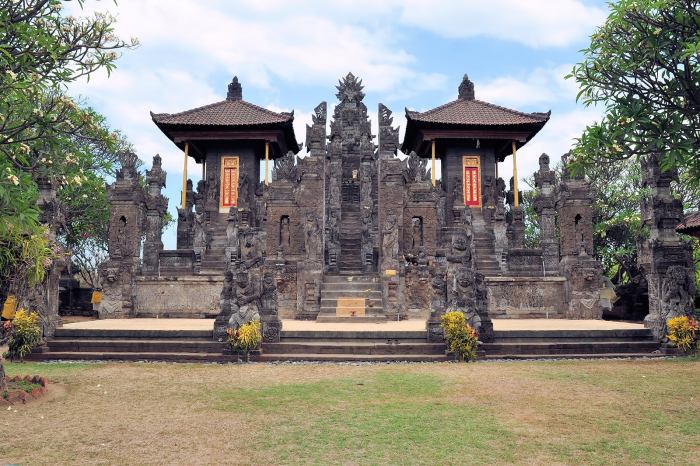
Singaraja’s infrastructure provides a solid foundation for its residents and businesses. The city boasts a well-developed transportation network, including an extensive road system and public transportation options. The city’s utilities, such as water and electricity, are reliable and meet the needs of the population.
Singaraja also offers a range of public services, including healthcare, education, and recreation facilities.Singaraja is continuously working to improve its infrastructure and meet the demands of a growing population. The city has several ongoing development projects, including the construction of new roads and bridges, the expansion of public transportation, and the upgrading of utilities.
Singaraja also has plans for future growth, including the development of new residential and commercial areas and the expansion of tourism infrastructure.One of the challenges facing Singaraja’s infrastructure is the need to balance the needs of the city’s residents and businesses with the need to preserve the city’s historical character.
The city is also working to address the issue of traffic congestion, which can be a problem during peak hours.Despite these challenges, Singaraja’s infrastructure is well-developed and provides a strong foundation for the city’s future growth. The city’s ongoing development projects and plans for future growth will help to ensure that Singaraja remains a vibrant and prosperous city for years to come.
Transportation
Singaraja’s transportation network includes a well-developed road system, public transportation options, and an airport. The city’s roads are well-maintained and connect Singaraja to other parts of Bali and Indonesia. Public transportation options in Singaraja include buses, taxis, and ride-sharing services.
The city also has an airport, which offers flights to other parts of Indonesia and Southeast Asia.
Utilities
Singaraja’s utilities are reliable and meet the needs of the population. The city’s water supply is clean and safe to drink. The city also has a reliable electricity supply, which is essential for businesses and residents.
Singaraja is a captivating city with a rich history and culture. Its enchanting landscapes, coupled with its vibrant urban atmosphere, make it a perfect getaway destination. If you’re looking for an unforgettable nightlife experience, venture to the renowned rock bar , where you can indulge in delectable cocktails while enjoying breathtaking ocean views.
Afterwards, immerse yourself back in the charm of Singaraja, exploring its ancient temples and savoring the local cuisine.
Public Services
Singaraja offers a range of public services, including healthcare, education, and recreation facilities. The city has several hospitals and clinics, which provide a wide range of medical services. Singaraja also has a number of schools and universities, which offer a variety of educational opportunities.
The city also has a number of parks and recreation facilities, which provide opportunities for residents to relax and enjoy the outdoors.
Education and Healthcare
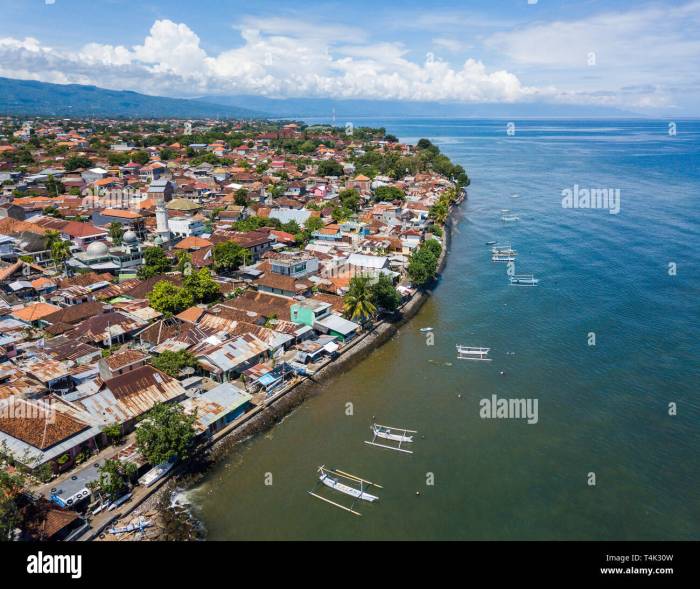
Singaraja boasts a comprehensive educational system and adequate healthcare facilities, contributing to the city’s overall development and well-being.
The city is home to several reputable educational institutions, including elementary and secondary schools, vocational training centers, and universities. These institutions provide diverse educational opportunities, ensuring access to quality education for students of all ages and backgrounds.
Educational Institutions
- Elementary and Secondary Schools: Singaraja has a well-established network of elementary and secondary schools, both public and private, offering a comprehensive curriculum aligned with national educational standards.
- Vocational Training Centers: The city houses several vocational training centers that provide specialized training in various trades and technical skills, preparing individuals for employment in specific industries.
- Universities: Singaraja is home to the University of Education Ganesha (Undiksha), a renowned higher education institution offering undergraduate and graduate programs in education, social sciences, and humanities.
The quality of education in Singaraja is generally considered to be good, with many schools and universities maintaining high academic standards. The city’s educational institutions are committed to providing students with a well-rounded education that prepares them for further studies or employment.
Healthcare Facilities
- Hospitals: Singaraja has several hospitals, including the Singaraja General Hospital, which provides a wide range of medical services to the city’s residents. These hospitals are equipped with modern facilities and staffed by qualified medical professionals.
- Clinics and Health Centers: In addition to hospitals, Singaraja has numerous clinics and health centers that offer primary healthcare services, such as consultations, vaccinations, and minor medical procedures.
- Traditional Medicine: Traditional medicine, including herbal remedies and massage therapies, is still widely practiced in Singaraja, complementing modern medical services.
The availability of healthcare facilities in Singaraja ensures that residents have access to essential medical services, contributing to the city’s overall health and well-being.
Lifestyle and Living Conditions
Singaraja offers a laid-back and comfortable lifestyle with a relatively low cost of living. The housing market is diverse, ranging from affordable apartments to spacious villas, catering to various budgets. The city boasts a vibrant nightlife, with a mix of bars, clubs, and live music venues.
The dining scene is equally diverse, featuring local delicacies, international cuisines, and charming cafes.
Social Amenities
Singaraja provides a range of social amenities to enhance the quality of life. There are numerous parks and green spaces for recreation and relaxation, as well as well-equipped sports facilities. The city also has a thriving arts and culture scene, with regular exhibitions, performances, and workshops.
Community and Social Dynamics, Singaraja
The local community in Singaraja is warm and welcoming, with a strong sense of togetherness. There are various social groups and organizations that foster community engagement and support. The city’s diverse population contributes to a rich cultural tapestry, fostering a harmonious and inclusive society.
Closing Summary

From its historical significance to its thriving cultural scene and natural wonders, Singaraja offers a multifaceted experience. Whether you seek historical exploration, cultural immersion, or simply relaxation amidst breathtaking surroundings, this captivating city will leave an enduring impression.
Top FAQs
Is Singaraja a popular tourist destination?
Yes, Singaraja is gaining popularity as a tourist destination due to its rich history, cultural heritage, and proximity to natural attractions.
What is the best time to visit Singaraja?
The best time to visit Singaraja is during the dry season, which runs from April to October.
Is it easy to get around Singaraja?
Yes, Singaraja is a relatively small city and can be easily explored on foot or by bicycle. Taxis and local transportation are also readily available.